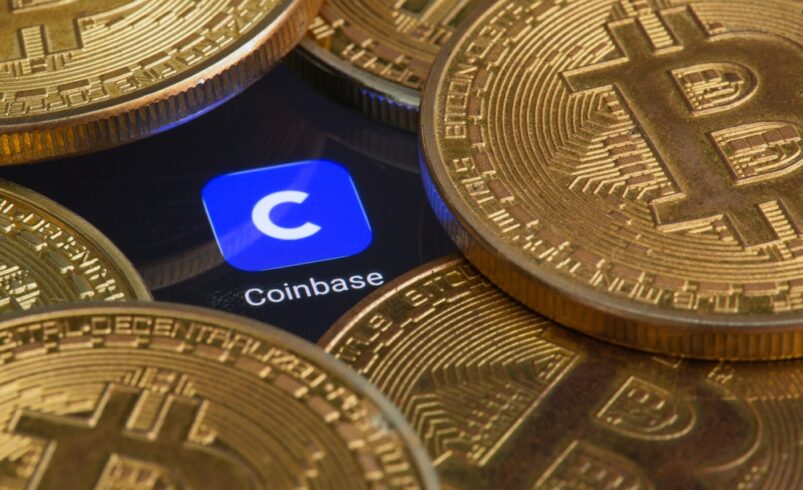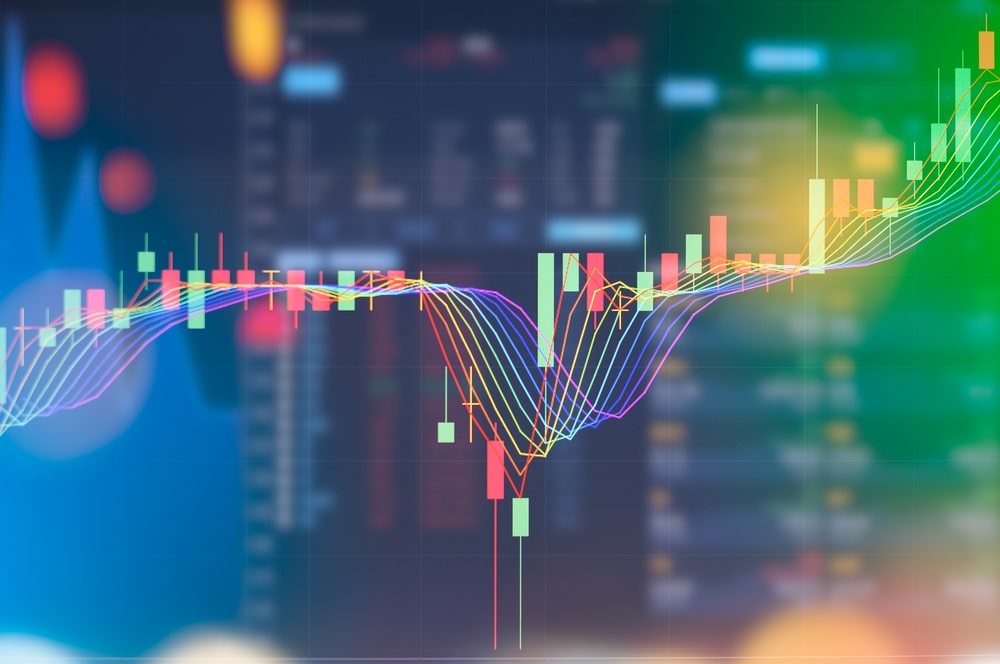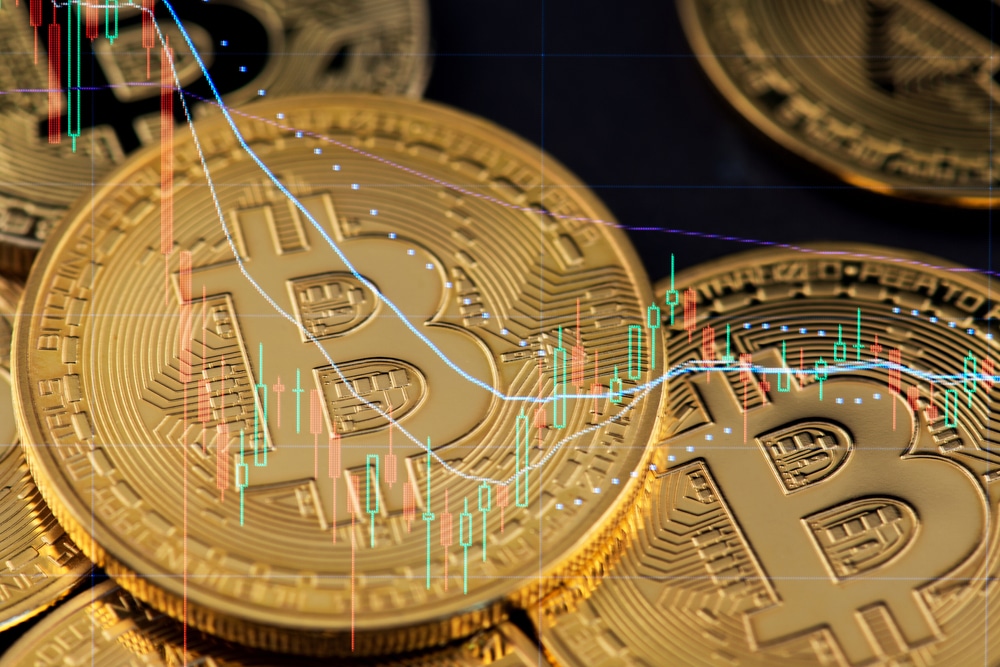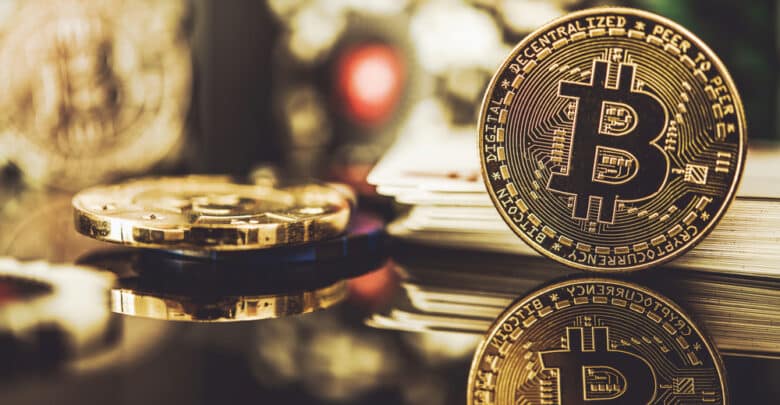What Is SHIB Burn? Your Ultimate Guide to Shiba Inu Token Burning
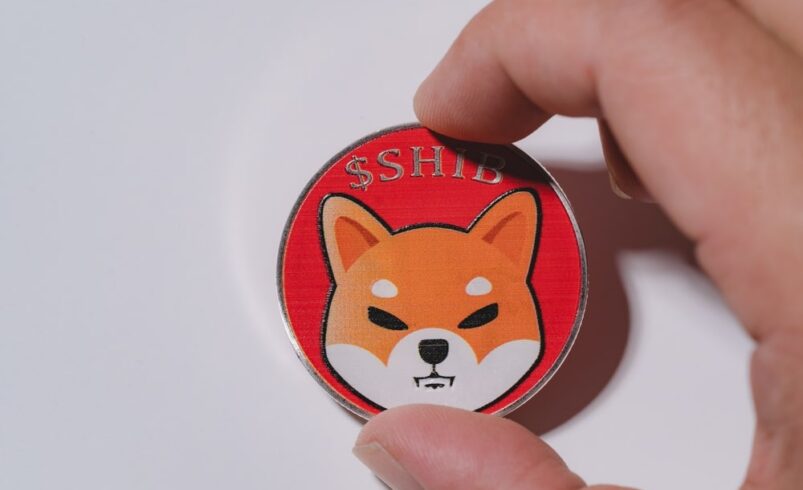
The Shiba Inu cryptocurrency, which originates from internet memes, has recently experienced considerable focus due to a significant uptick in eliminating its tokens from circulation. Data reveals that there has been a fivefold daily increase in the rate at which Shiba Inu tokens are being removed, capturing the interest of both seasoned and novice participants in the crypto market.
Launched in August 2020 with an original total of one quadrillion tokens, more than 41% of Shiba Inu’s initial supply has now been deleted, as shown by the tracking service dedicated to this particular burn activity. In the past seven days, more than 500 million tokens have been eliminated.
With growing interest from its community, understanding the detailed operations of the Shiba Inu token removal process has become crucial. This article offers an insightful examination of how Shiba Inu’s token elimination functions, the associated rate, the tracking services, and the consequent effects on the token’s ecosystem.
Understanding the Elimination of Cryptocurrency Tokens
Token removal in cryptocurrencies involves the irreversible extraction of a specific number of tokens from the total supply. This is achieved by sending these tokens to a designated “burn address,” making them permanently inaccessible and thereby reducing the overall supply of the ticket. For those unfamiliar with the term, a burn address is essentially an account without a corresponding private key, making it unreachable by any entity.
Reasons for Token Elimination
The act of removing tokens from circulation serves multiple objectives in the world of cryptocurrency:
Inducing Rarity: Eliminating tokens can create scarcity, thereby enhancing the value of the remaining tokens.
Controlling Inflation: This practice can also keep the inflation rate in check.
Stimulating Demand: Reducing the supply can naturally encourage demand for the remaining tokens.
How Shiba Inu Token Elimination Operates
The process of Shiba Inu token elimination is a structured one, consisting of both manual and automated methods. Manual elimination involves directly sending tokens to a burn address, while mechanical mechanisms are baked into the Shiba Inu blockchain, also known as Shibarium. In the automated scenario, a fraction of the base fee of each transaction is allocated for the burning of Shiba Inu tokens. This results in a gradual reduction of the token’s supply, creating an inherent token elimination rate maintained as long as network activity persists.
The rationale for Shiba Inu Token Elimination
Due to the substantial number of Shiba Inu tokens initially issued, the removal process aims to cultivate a sense of scarcity. Reducing token supply could increase the value of the remaining tokens and draw more market participants, thereby elevating demand. Moreover, a well-managed elimination rate could enhance the token’s long-term viability by counteracting excessive inflation.
Where Eliminated Tokens Go
Shiba Inu tokens removed from circulation are sent to specific addresses. Three such addresses are primarily utilized, not created by Shiba Inu, but are a part of the more extensive Ethereum network. These addresses include one notably Ethereum’s co-founder, Vitalik Buterin, who used it in May 2021 to eliminate many Shiba Inu tokens.
Monitoring the Shiba Inu Elimination Rate
The Shiba Inu token removal rate reflects the number of tokens taken out of circulation over a specific period. A higher rate indicates more tokens are being removed. Market participants closely watch this metric, which can affect investment and trading strategies.
Tools for Tracking Shiba Inu Token Elimination
Transparency in the Shiba Inu ecosystem enables anyone to scrutinize token elimination activities through the Ethereum blockchain. Two primary platforms, updated in real-time, offer insights into the details of eliminated tokens, their volume, and the time at which elimination occurs.
Factors Influencing Token Value
The act of burning tokens alone does not automatically result in a value increase; a multitude of other elements influences it:
Supply and Demand Dynamics: The principal driver of any token’s value lies in the balance between its supply and demand.
Volume of Transactions: The rate of purchasing activities also plays a role.
Liquidity and Market Adoption: The ease with which the token can be bought and sold, and its market adoption also affects its value.
Long-term Outlook: A holistic, long-term perspective is essential for evaluating any token’s potential for growth.
Conclusion
In summary, while eliminating Shiba Inu tokens can positively impact their value, more is needed. It must be considered part of a broader, long-term, sustainable growth strategy.
DISCLAIMER: It's essential to understand that the content on this page is not meant to serve as, nor should it be construed as, advice in legal, tax, investment, financial, or any other professional context. You should only invest an amount that you are prepared to lose, and it's advisable to consult with an independent financial expert if you're uncertain. For additional details, please review the terms of service, as well as the help and support sections offered by the provider or promoter. While our website strives for precise and impartial journalism, please be aware that market conditions can shift unexpectedly and some (not all) of the posts on this website are paid or sponsored posts.



